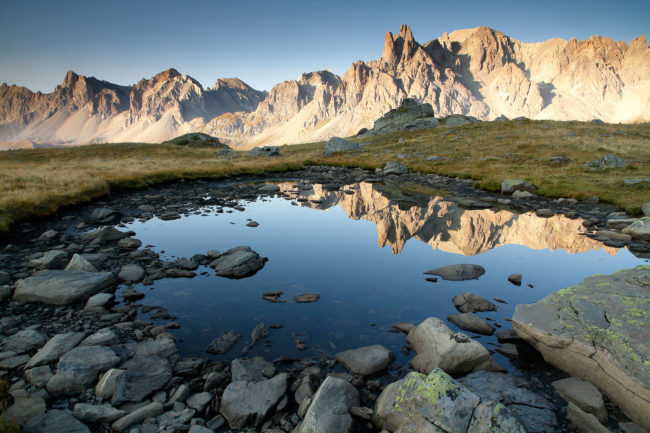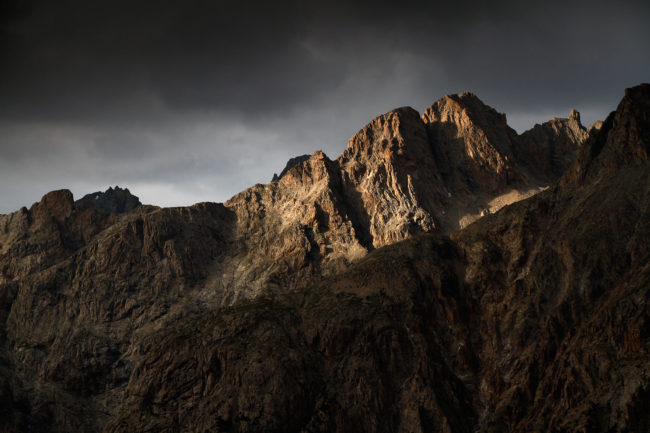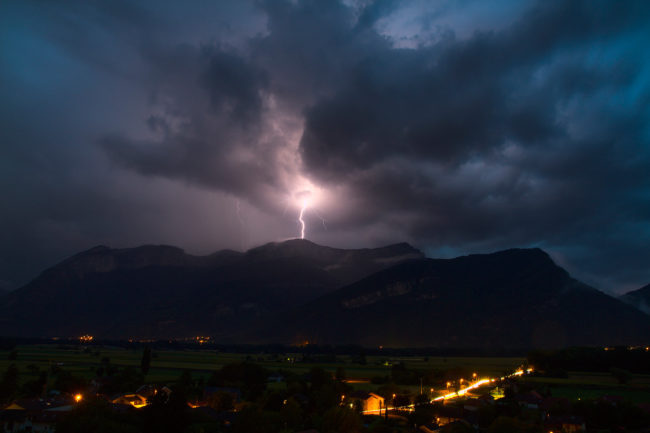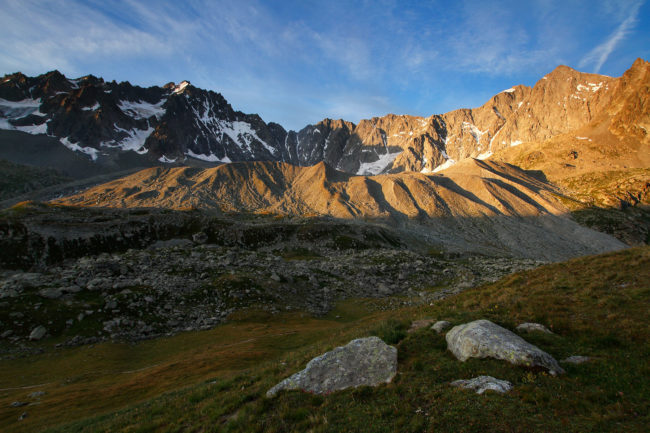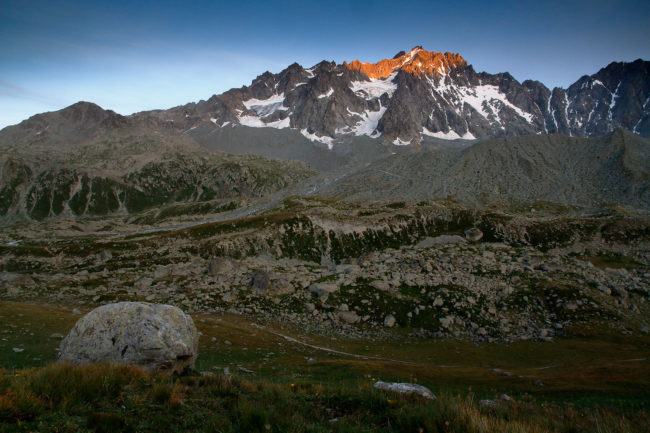Blog
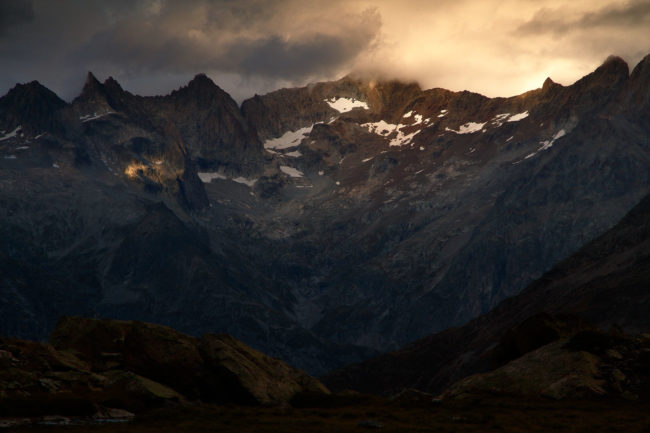
The clouds pass and spread their shadows. They are set ablaze with the peaks in the light of a late afternoon.
Massif du Soreiller. Ecrins National Park. August 2020.
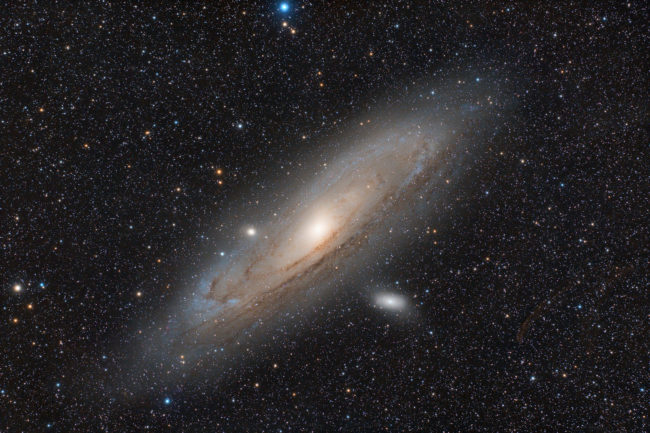
The girl next door,
The neighbor,
Great is beautiful.
Well especially in photos because, visually, it is rather a big blurry spot. I call it a big cosmic scam for newbies. The Andromeda Galaxy is the large galaxy located right next to ours just 2.5 million light years away. It is the most famous. It is the most distant object that you can see with the naked eye. So inevitably, the beginner in astronomy will quickly point his brand new telescope on it to see … a blurred spot! And then you’ll see him appear on the forums to ask if he’s pointed at the right place or if his telescope is out of order. No no, everything is normal, there’s just nothing more to see! In fact, it is better to observe him with a simple pair of binoculars.
For this photo the acquisitions were made on the night of Saturday October 17 to Sunday 18 under rather specific conditions. 0 ° C and 100% humidity. I was wondering if it’s that wet when it rains! Everything was soaked. I wiped the PC screen with kleenex. On the refractor I have a heating element to prevent due which did the job very well, to my astonishment. The Nikon Z6 refuses to recognize the fake battery that allows me to power it with a large 4S li-ion. Forcing to put the real battery on it, which necessarily limited the autonomy. At 4 a.m. it was covered with a good layer of frost. And finally, there is a flare. So I will have to redo it. Probably in 4 or 5 years, time to bring together the right conditions at the right time.
49 x 1 min
Camera : Nikon Z6 partially unfiltered
Telescope : Takahashi FSQ-106ED refractor.
Mount : Takahashi EM-200 homemade electronics.
Guiding : ZWO ASI290MM Mini on QHY OAG-M
Temperature : 0°C
Humidity : 100%
SQM : 21.55
Software : auto-guiding with PHD2, acquisition with Astro Photography Tool, processing with PixInsight.
Location : L’Epine
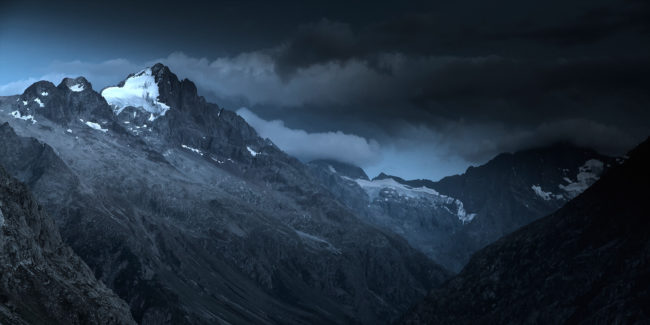
The blue hour in the Ecrins. Everything is very quiet. Only the murmur of the torrents coming down from the valleys below breaks the silence.
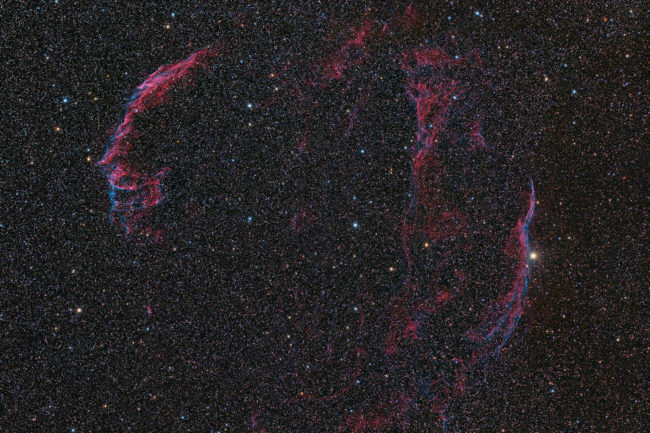
For this one, I choose to translate the french title. In english it is better known as Cygnus Loop or Veil Nebula. I thing the french name is more poetic.
The remains of a star that exploded about ten thousand years ago. We call it a supernova remnant.
It’s a great summer classic. I never miss to go to observe it visually. It is a pleasure to stroll along the filaments, from the large lace (on the left) to the small (on the right) via the Volutes of Williamina Fleming. Sometimes when the sky is really good, I can perceive other weaker part.
60 x 1 min
Camera : Nikon Z6 partially unfiltered
Telescope : Takahashi FSQ-106ED refractor.
Mount : Takahashi EM-200 homemade electronics.
Guiding : ZWO ASI290MM Mini on QHY OAG-M
Temperature : 23°C
SQM : 21
Software : auto-guiding with PHD2, acquisition with Astro Photography Tool, processing with PixInsight.
Location : Le Plan, Col du Banchet
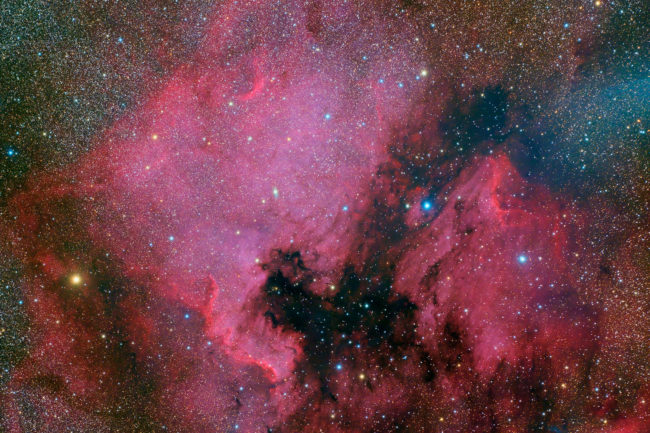
Yes, they even have their nebula… I’m not telling you where the North America Nebula is or why we call it like that, it’s pretty obvious. It’s identified as NGC 7000. To its right is the Pelican Nebula, IC 5067 and IC 5070. The bird is a little harder to recognize.
These nebulae represent only part of the H-alpha complex found in the Cygnus. Ionized hydrogen is found in a large part of the constellation and even beyond.
90 x 1 min
Camera : Nikon Z6 partially unfiltered
Telescope : Takahashi FSQ-106ED refractor.
Mount : Takahashi EM-200 homemade electronics.
Guiding : ZWO ASI290MM Mini on QHY OAG-M
Temperature : 7°C
Humidity : 84%
SQM : 21.4
Software : auto-guiding with PHD2, acquisition with Astro Photography Tool, processing with PixInsight.
Location : Le Serpaton, Gresse-en-Vercors


